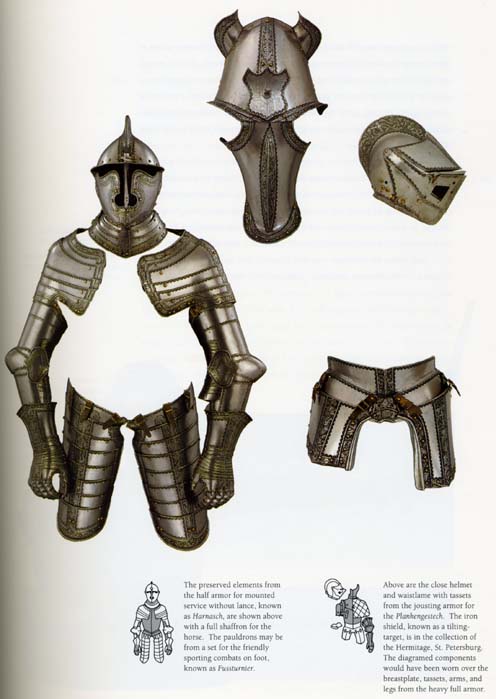While searching and organizing my source pictures, I found the attached image which I like quite much and I'm thinking about building a full kit based on this. Now I'd like to know the exact date and country of origin of it - I guess early 17th century, but I have no ideas at the country.
I'd really appreciate it if anyone could help me a bit.
Thanks in advance!


